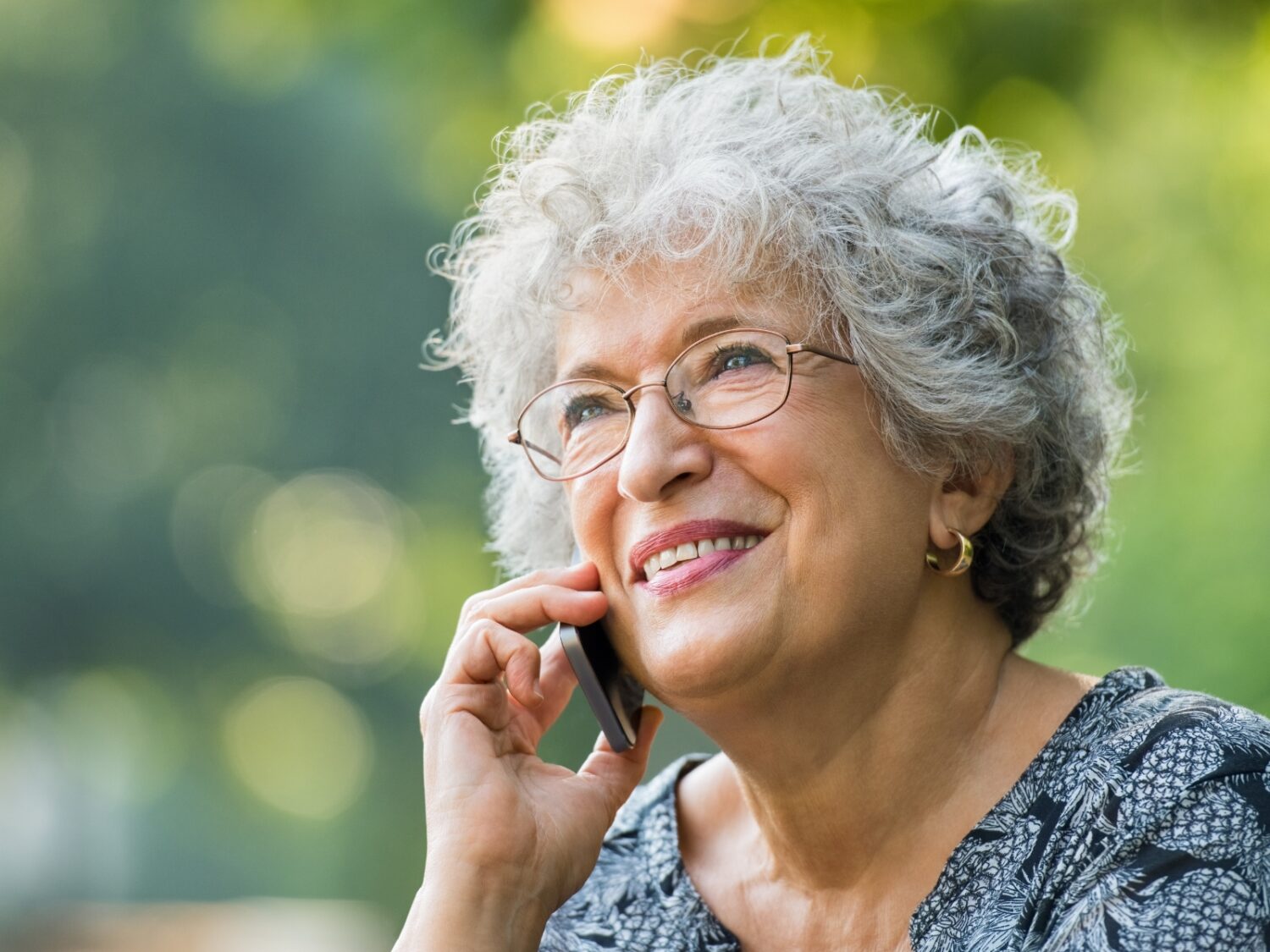Some of the links in this post may contain affiliate links for your convenience. As an Amazon associate I earn from qualifying purchases.
Creating a family emergency communication plan is crucial for connecting with loved ones in a crisis, yet it’s an often overlooked piece of preparedness. Use these step-by-step instructions to create your family’s emergency communication plan and fill this gap in your preparedness planning.

During the horrific Hamas attack on young concert-goers on October 7, 2023, the first thing they did once they realized what was happening was to run…the second was to call for help. Communication is an overlooked preparedness and survival action and yet it’s almost the first thing all of us do in a crisis.
What is a Family Emergency Communication Plan?
A family emergency communications plan is an action plan that tells each family member who to contact and where to meet in the event of an emergency. It documents the process for family members to reach each other, make sure everyone is okay, and figure out how and where to meet.
It’s that simple.
If you lay out your plan ahead of time, you can avoid (some of) the chaos and panic that ensues during a crisis. An action plan allows you to skip the paralysis stage and jump into action.
Big picture overview: collect emergency information, share it with member of the plan, and practice it!
Here are the steps to make your own plan.
How to Create a Family Emergency Communication Plan
Time needed will vary by family but will likely take at least 1 day
A family emergency communications plan is an action plan that tells each family member who to contact and where to meet in the event of an emergency. It documents the process for family members to reach each other, make sure everyone is okay, and figure out how and where to meet.
- Identify emergency contacts
You probably have more emergency contacts than you realize. Take time to consider all the people or institutions you will want to contact in case of an emergency. It may include:
-immediate family
-extended family members
-close friends
-childcare
-school
-a parent’s care home
-healthcare providers for those with health issues or a disabilityThink of the people who depend on you and/or on whom you depend. These are the contacts to include on your list.
- Make hard copies of contact information
Write out or print your emergency phone numbers list on note cards or paper. Make the list a size that will fit into wallets and purses easily. Distribute them to each member of your family. Also put copies in your vehicles, Go Bags, and your grab-and-go binder.
- Add emergency contacts in each phone
Preset and label emergency contacts in each family member’s phone. Do not assume that everyone, especially the youngest, have all the emergency contacts. Hard copies are a backup, but it’s even quicker to have numbers in everyone’s phone already. Put in addresses as well–especially if one of your emergency contacts is also a meet up location.
- Memorize critical numbers
Memorize the most critical numbers, if at all possible. This is hard in today’s number and password heavy world. However, in the unlikely event that both your phone AND your emergency contact list are unavailable to you, dredging up at least one phone number could be a lifesaver. Work with younger children to help them learn them also; adding music and turning it into a game will help.
- Determine primary emergency contacts(s)
Decide which family member will be the main contact. In most cases this will be mom or dad, but families can be complicated, blended and extended. It will simplify matters if you name a primary contact (and maybe a secondary). You probably already know who this person should be, but if not, then choose the one most likely to have their phone with them and be available.
- Choose the remote designated contact(s)
Choose one or two people outside of your state or geographical region to act as the designated remote contact. If an emergency is spread over a large territory—think earthquake, flood or hurricane–cell networks may go down in one or more states. If this is the case, you will want to have at least one reliable person outside of your area that will act as everyone’s remote emergency contact.
It’s best to choose someone who is unlikely to be a part of the same natural disasters that happen in your area.
- Identify safe and easy to find locations
Designate several meeting places in case you need to leave your home and communications are down. Remember in the days before cell phones when we designated a spot in the mall where everyone was to meet if anyone got lost? This is the same idea. Set prearranged meeting points in case you can’t get through to each other. This is especially important in case all communications are down for an extended period of time.
When choosing meeting places, identify the most likely emergencies for your area and then designate locations that are safe and easy to find. Set at least four locations that are successively farther away from your home, such as:
–A neighborhood meeting place that is a landmark or neighbor’s house close by in case your home is unsafe.
–A local meeting point that is outside of your neighborhood, but still close. Perhaps a friend or family member’s home in your town or a well-known local landmark.
–An out-of-town location that is farther out, but still relatively accessible. For example, a family member’s home in the next town or the closest city. Maybe there is a -location where you fish or camp regularly that everyone knows how to get to.
–An out-of-state location in case an event is more widespread. Ideally choose a place that everyone has visited before. Show everyone where it is on a map so they can find it in case maps apps are down. It should also be a place where you are all welcome to shelter for a period of time. Think family or close friend. - Incorporate other emergency communication plans
Look for and incorporate the emergency communications plans of the institutions that interact with your family. Businesses like your children’s childcare, school, college, your workplace, or assisted living homes for parents all have emergency communications plans set up. You may have to ask for it, but they most likely have one. Take these and incorporate them into your plans so everyone is on the same page.
- Practice the plan
Practice the plan! Do a few “fire drills” to make sure everyone has the correct contacts in their phone and understands where the various meeting places are. Do not assume everyone knows which “favorite restaurant” or “church down the street” you are talking about. Meet up at the various places to make sure.
Sample Plan
Download a sample family emergency plan here.
Next Steps
Once you have an emergency communication plan in place for your family, consider taking it to the next level and get your ham radio license. You can also join the Facebook Survival Mom Bootcamp group and ask questions or search the group for previously answered questions. Many Bootcampers have gotten their license and are super willing to share their experience!
It’s not fun to think of being unable to communicate with your family during an emergency. However, having a comprehensive family emergency communication plan in place increases your odds of contacting and finding each other quickly. Also, having an action plan in place reduces panic and stress for everyone. Create one today as part of your family’s journey toward increased self-reliance.
FAQ
A plan should include emergency contact information, identify meeting places, and the process that will be followed to execute the plan.
Contact the facility and inquire about their emergency communication plan. Review their plan and incorporate relevant pieces into your own so that you’re on the same page.
Absolutely! Review the school’s communication plan and incorporate relevant pieces into your own so that you’re on the same page. If the college is out-of-state, your student might be a good candidate to act as a remote emergency contact.


















